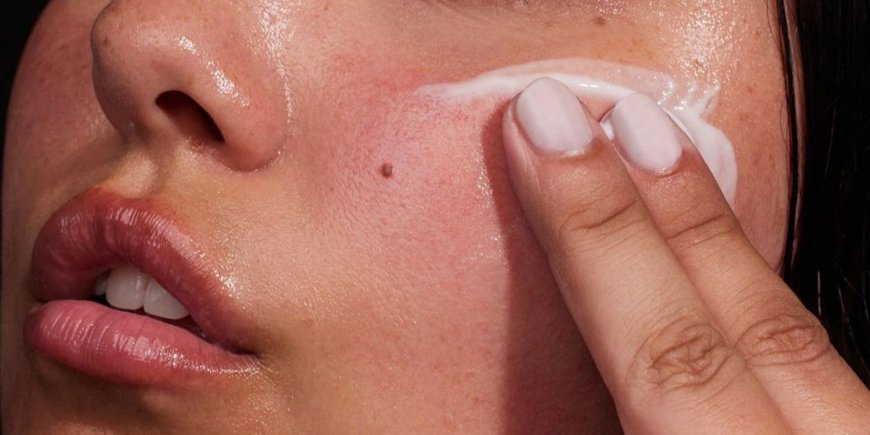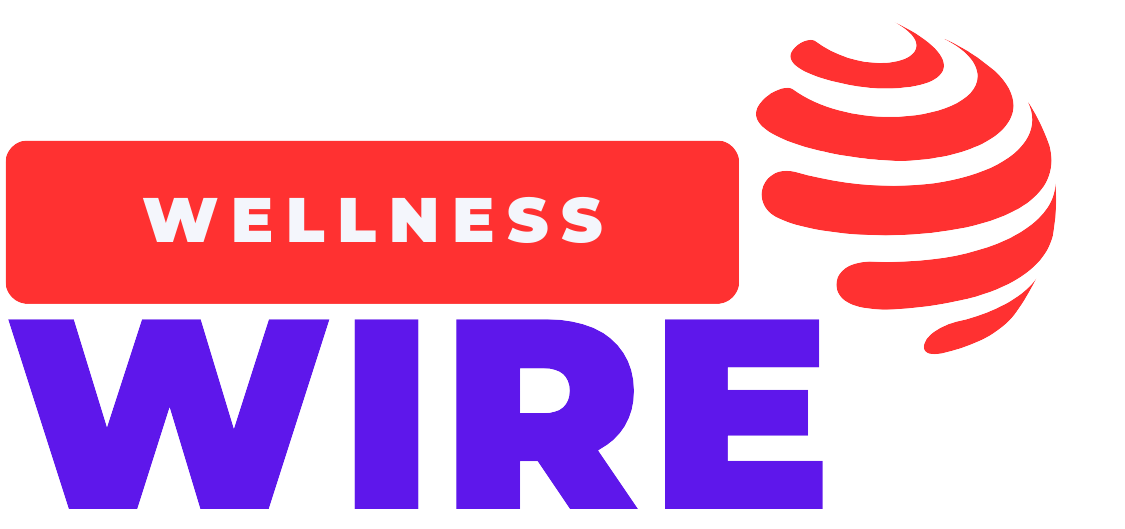Slugging Skincare Trend: What Is It & Should You Try It?
The slugging skincare trend is taking over the beauty world. But what is it, and should you try it? Learn the benefits, risks, and expert recommendations.

Introduction: Why Is Everyone Talking About Slugging?
The beauty industry is no stranger to viral skincare trends, but slugging has taken social media by storm. First popularized in Korean skincare and now embraced worldwide, slugging involves coating the face with a thick layer of petroleum jelly as the last step in a nighttime routine.
Skincare enthusiasts swear by slugging for its hydration-boosting, anti-aging, and skin barrier-repairing properties. But does it really work for everyone, or is it just another passing trend? Let’s break down what slugging is, its benefits, potential drawbacks, and expert advice on whether you should try it.
What Is Slugging in Skincare?
Slugging is a moisture-locking technique that involves applying a layer of occlusive (a substance that forms a protective barrier on the skin) over your moisturizer at night. The most commonly used occlusive is petroleum jelly (Vaseline, Aquaphor, or CeraVe Healing Ointment).
This method helps prevent water loss, repair the skin barrier, and deeply hydrate the skin, making it especially popular among people with dry or sensitive skin.
How Did Slugging Start?
Although slugging gained attention on platforms like TikTok and Reddit, it has been a staple in Korean skincare for decades. The concept is also backed by dermatologists, who have recommended petroleum jelly for dry skin and eczema patients for years.
? Learn more about Korean skincare trends at Allure.
Benefits of Slugging: Is It Worth the Hype?
Dermatologists and skincare experts confirm that slugging can offer several science-backed benefits, especially for those struggling with dehydrated or compromised skin barriers.
1. Locks in Moisture for Intense Hydration
Slugging works by sealing in moisture, preventing transepidermal water loss (TEWL). This is especially beneficial for people with dry, flaky skin that doesn’t retain hydration well.
Scientific Backing:
A 2017 study published in the Journal of Clinical and Aesthetic Dermatology found that petroleum jelly can reduce TEWL by 98%, making it one of the most effective moisture barriers available.
? Read the full study at National Library of Medicine.
2. Strengthens the Skin Barrier
If your skin often feels irritated, tight, or sensitive, your skin barrier may be compromised. Slugging acts as a protective layer, allowing your skin to heal overnight.
Who Benefits Most?
- People with eczema, rosacea, or psoriasis
- Those using retinoids or exfoliating acids (which can weaken the barrier)
- Anyone experiencing seasonal dryness
3. Enhances the Effectiveness of Skincare Products
By sealing in your serums, essences, and moisturizers, slugging amplifies the effectiveness of hydrating ingredients like hyaluronic acid and ceramides.
Tip: Apply your usual skincare products first, then use petroleum jelly as the final step to trap moisture.
4. Can Reduce Signs of Aging
Keeping the skin hydrated can plump fine lines and wrinkles, giving a more youthful appearance. While petroleum jelly doesn’t have anti-aging ingredients, it helps prevent premature aging caused by dehydration.
? Learn more about hydration and aging at Harvard Health.
How to Do Slugging: Step-by-Step Guide
What You Need:
✔️ Gentle cleanser (avoid harsh exfoliants before slugging)
✔️ Hydrating serum or essence (hyaluronic acid, glycerin, or niacinamide)
✔️ Moisturizer (preferably with ceramides or peptides)
✔️ Occlusive (petroleum jelly or healing ointment)
The Slugging Process:
- Cleanse – Wash your face with a mild, hydrating cleanser.
- Apply Hydrating Serum – Use a serum that pulls moisture into the skin (hyaluronic acid works best).
- Moisturize – Apply a barrier-repairing moisturizer to hydrate deeply.
- Seal with Petroleum Jelly – Apply a thin layer over your skin to lock everything in.
- Leave Overnight & Wash Off in the Morning – Use a gentle cleanser in the morning to remove excess product.
? For more dermatologist-recommended slugging tips, visit American Academy of Dermatology.
Who Should Avoid Slugging?
While slugging has many benefits, it isn’t suitable for everyone.
1. Oily & Acne-Prone Skin Types
Petroleum jelly is non-comedogenic (doesn’t clog pores), but its occlusive nature can trap bacteria and sebum, leading to breakouts. If you have acne-prone skin, it’s best to avoid slugging or use lighter occlusives like squalane.
? Learn more about acne-friendly moisturizers at Cleveland Clinic.
2. People in Humid Climates
In humid environments, slugging can make the skin feel greasy and sticky, leading to discomfort. Instead, try hydrating gels or creams.
Slugging vs. Other Hydration Methods: Which Is Best?
| Method | Best For | How It Works |
|---|---|---|
| Slugging | Dry & sensitive skin | Seals in moisture with an occlusive layer |
| Hyaluronic Acid | All skin types | Draws moisture into the skin |
| Ceramide Creams | Damaged skin barrier | Strengthens the skin’s protective layer |
Each method has its advantages, but slugging is particularly effective for people with severe dryness or barrier damage.
? Read more about skin hydration at Mayo Clinic.
Final Verdict: Should You Try Slugging?
Yes, if you:
✔️ Have dry, sensitive, or irritated skin
✔️ Use retinol, acids, or acne treatments
✔️ Want to strengthen your skin barrier
Skip it, if you:
❌ Have oily or acne-prone skin
❌ Live in a humid climate
❌ Prefer lighter skincare textures
Slugging is a game-changer for those needing deep hydration, but it’s essential to tailor your routine to your skin type.
For expert skincare advice, visit Dermstore for dermatologist-approved products.
What's Your Reaction?
 Like
0
Like
0
 Dislike
0
Dislike
0
 Love
0
Love
0
 Funny
0
Funny
0
 Angry
0
Angry
0
 Sad
0
Sad
0
 Wow
0
Wow
0



















































